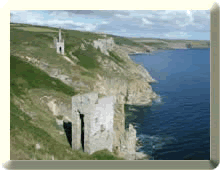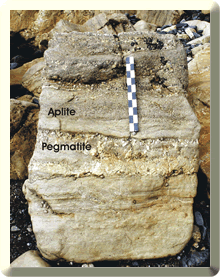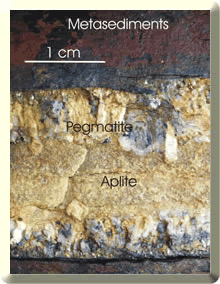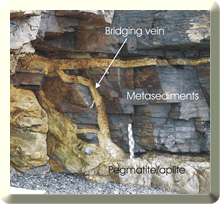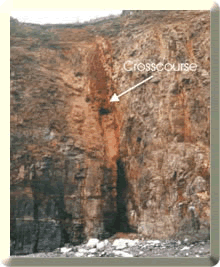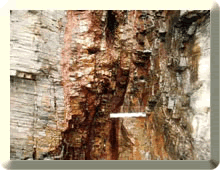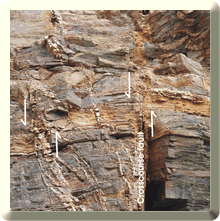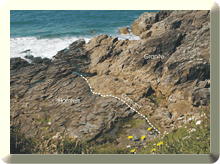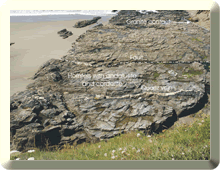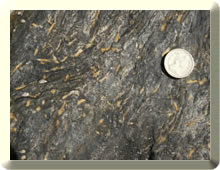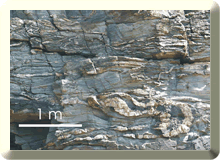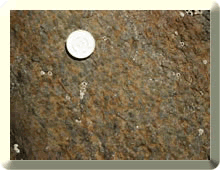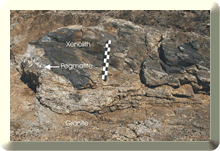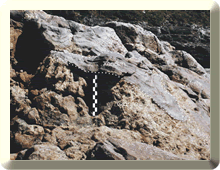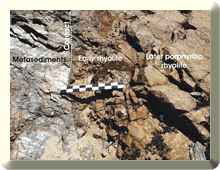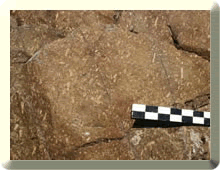
Important Disclaimer : The locality information is for reference purposes only. You should never attempt to visit any sites listed on this site without first ensuring that you have the permission of the landowner for access and that you are aware of all safety precautions necessary. Many localities are Sites of Special Scientific Interest and damaging the site is prohibited. We will not be held responsible for any action taken against you or any accident incurred.
A code for geological fieldwork is provided by the Geological Society at this link
Three sites can be examined in this area demonstrating magmatic activity and mineralization and are exposed on the shore of Mount's Bay from Megiliggar rocks to Praa sands. The Tregonning-Godolphin pluton is comprised of two types of granite, an inner biotite granite and an outer lithium mica granite. Only the lithium mica granite is exposed in the beach sections. Kaolinization has occured over part of the granite mass and it was here that Thomas Cookworthy first discoved kaolin in Europe in 1746. In the saddle between Godolphin and Tregonning Hill lies the famous Great Work tin mine where exploitation has taken place since prehistory to the 20th century.
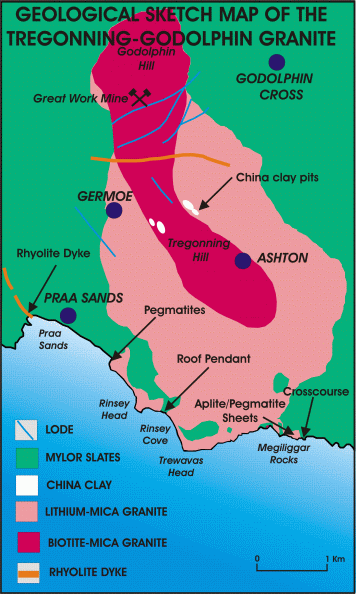 |
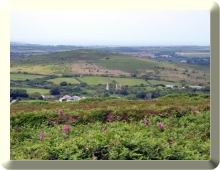 |
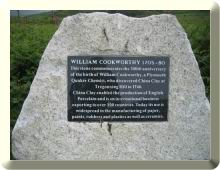 |
View of Godolphin Hill |
Memorial to William Cookworthy |
Megiliggar rocks
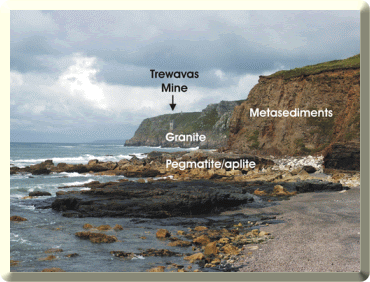 |
Megiliggar Rocks |
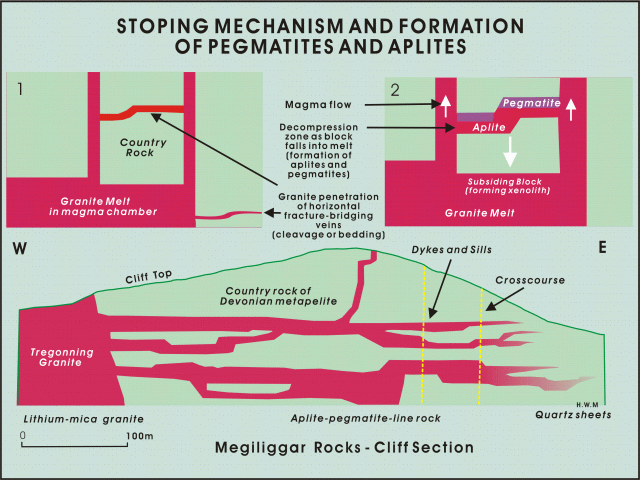 |
|---|
AfterBadham, 1980; Bromley, 1989 |
Rinsey Cove.
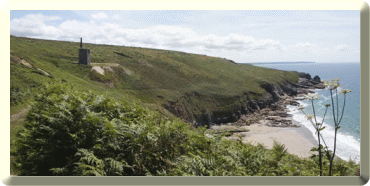 |
View of Rinsey Cove |
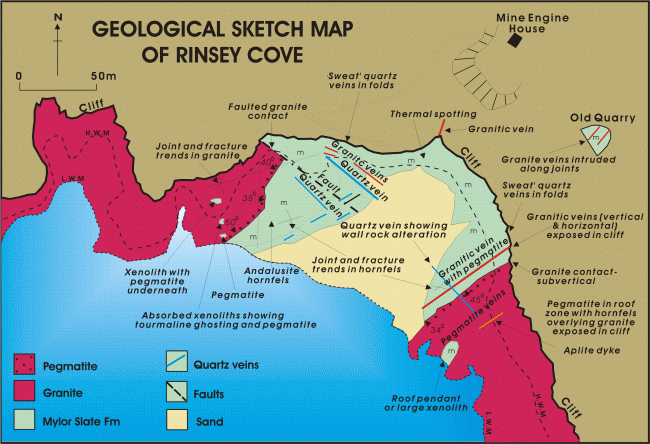 |
|---|
After Hall, 1974; Bromley 1989 and Camm, 1994 |
|
The cove illustrates a roof pendant of country rocks surrounded by granite. Just inland there are the ruins of Wheal Prosper, which produced copper and tin from a fissure lode(s). On the foreshore the sharp granite contact can be clearly seen with the country rocks, which have been metamorphosed to hornfels (fine grained metamorphic rock) with metamorphic minerals of andalusite and corderite formed by thermal metamorphism. On the western side of the shore platform are xenoliths of country rock in the granite. One has clearly developed pegmatite on the lower contact and others have been almost completely absorbed. On the eastern side of the cove the granite contact is almost vertical. Quartz veins cross-cut the hornfels and either pre and postdate the granite. In the cliff section, folding is exposed which predated the granite, with an infill of early quartz ('sweat' quartz) from metamorphic fluids.
|
|
|---|
Praa Sands
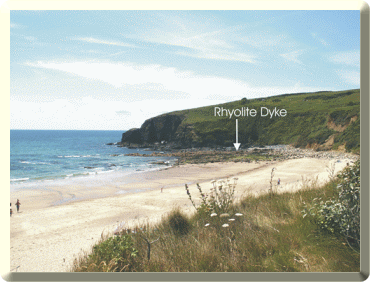 |
Praa Sands |
On the western side of the beach a 17 m wide rhyolite dyke (known locally as elvan) has been emplaced into the country rocks of pelites (mudstones). The dyke has a strike of NW-SE and follows that of metalliferous fissure lodes in this area. These dykes have been intruded as a later phase of magmatism and are dated at the same age as the fissure lode mineralization. The dyke would appear to have been emplaced in two phases. The first now forms the outer part, which is fine grained and is flow banded. A later inner phase is strongly porphyritic (larger crystals set in a fine grained ground mass). |
|
|---|
Other virtual geological field excursions in PDF files are for:
West Penwith, (2.83MB)
Marazion to Porthleven, (1.22MB)
Porthleven to Polurrian, (0.67MB)
The Lizard, (2.11MB)
St Austell Area, (1.40MB)
East Cornwall, South Devon and Dartmoor. (1.73MB)
Click on the one you wish to visit and download.
This site was last updated on
Friday, October 7, 2005 1:57 PM
.
Webmasters : Simon Camm & Paul
Hedley
